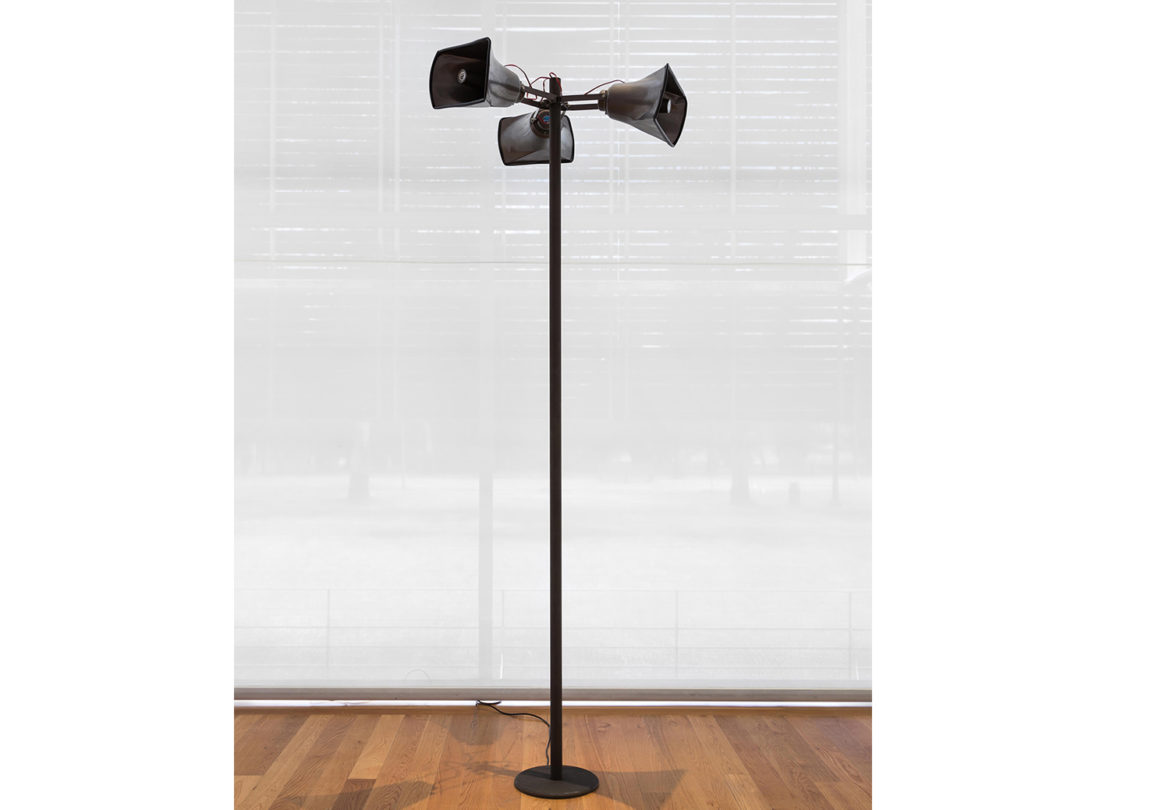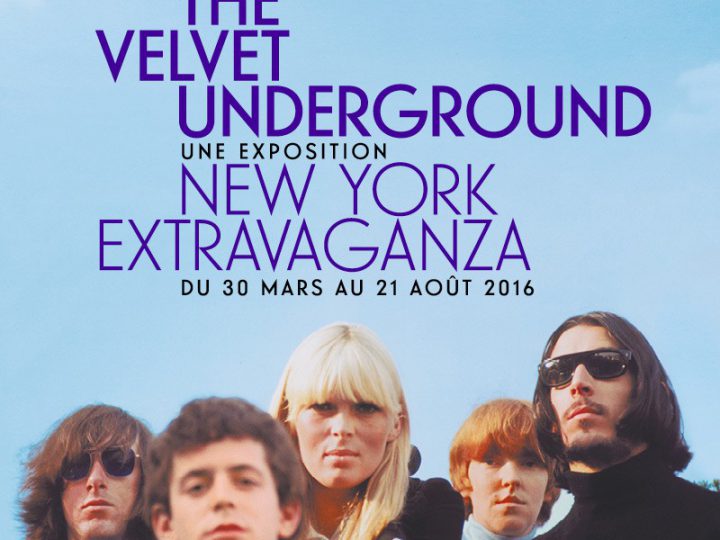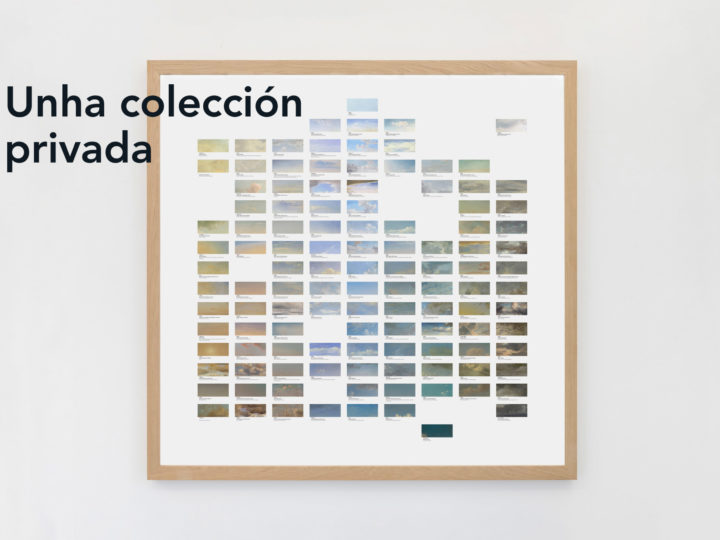
Germinal – O Núcleo Cabrita Reis na Coleção de Arte da Fundação EDP
27.06.18 > 31.12.18
MAAT, Lisbon
Curated by Pedro Gadanho and Ana Anacleto
Carlos Bunga, Rosa Carvalho, Nuno Cera, Vasco Costa, Pedro Gomes, Paulo Mendes, António Olaio, Rodrigo Oliveira, Noé Sendas, João Tabarra, Vasco Araújo, Rui Calçada Bastos, Rui Moreira, Francisco Queirós, Luís Nobre, Paula Soares, João Pedro Vale, Pedro Cabral Santo, João Paulo Feliciano, João Louro, Ana Pinto, Carlos Roque, Rui Toscano, Rui Valério, Paulo Brighenti, Hugo Canoilas, João Ferro Martins, Gil Heitor Cortesão, Sílvia Hestnes Ferreira, José Loureiro, Francisco Tropa, Joana Vasconcelos, Jorge Queiroz, Armanda Duarte e Miguel Palma.
GERMINAL. The Cabrita Reis section in the EDP Foundation Art Collection is the first big exhibition on Pedro Cabrita Reis’s collection, which was acquired by EDP Foundation in 2015. The exhibition covers a vast and significant array of works, focussing particularly on a reflection about the initial and founding moments of the careers of Portuguese artists – an approach which gave the exhibition its title – and whose careers have been cemented over time.
With a vast and solid representation of the 90s generation, but also including artists from earlier and later generations, this exhibition will show a set of defining works by over 30 artists, which will reveal the visionary and attentive eye not of the artist, but the art collector Pedro Cabrita Reis.
As an artist and active player in the Portuguese art scene, Pedro Cabrita Reis has been following closely the work of young artists in whom he recognised artistic interest and potential. For over 30 years, he collected pieces with an “originating” quality, which he found in these artists’ first presentations and exhibitions, many of whom have solid and international careers today.
For the exhibition space were thought four areas which help to guide the visitor, which serve mainly as a pretext for moments of reflection and dialogue throughout the exhibition space. “The fractured subject” shows pieces related to the idea of post-modernism and definition of identity; in “Finding the Other” we see works which deal with gender identity questions and which have an anthropological quality; “The prevalence of technology” shows us how artists began to discover technology and use it in a more democratised manner, mostly through the use of video, sound and moving image; and, finally, “The legacy of images” refers to the historical tradition of images and representation. Despite this structuring of the exhibition, the goal is for the different areas to touch each other and to promote a dialogue between them; they are not meant to be self-contained, but rather dynamic.
O núcleo Cabrita Reis na Coleção de Arte Fundação EDP é a primeira grande exposição sobre a Coleção Pedro Cabrita Reis, adquirida pela Fundação EDP em 2015. A exposição, que teve uma primeira apresentação na Galeria Municipal do Porto entre março e maio deste ano, debruça-se sobre um vasto e significativo conjunto de obras, com especial incidência numa reflexão sobre os momentos iniciais ou originários das carreiras de artistas nacionais – característica essa que deu origem ao título da exposição – e cujos percursos têm vindo a afirmar-se ao longo do tempo.
Com uma ampla e sólida representação da chamada ‘geração de 90’ e com presenças de artistas de gerações anteriores e posteriores, mostra-se agora um conjunto de obras marcantes de mais de 30 artistas, ajudando a revelar o olhar visionário e atento, não do artista, mas do colecionador Pedro Cabrita Reis.
Enquanto artista e personagem ativa na cena de arte portuguesa, Pedro Cabrita Reis foi acompanhando o trabalho de jovens artistas nos quais foi reconhecendo interesse e potencial artístico. Ao longo de mais de 30 anos colecionou peças com um caráter “originário” que foi encontrando nas primeiras apresentações e exposições destes artistas, e que hoje têm, muitos deles, carreiras sólidas e internacionais.
Foram pensados quatro núcleos que ajudam a orientar o visitante, funcionando sobretudo como pretextos para momentos de reflexão e diálogo ao longo do percurso no espaço expositivo. “O sujeito em fratura” mostra peças que apontam para a ideia do pós-modernismo, para a definição de identidade; no “Ao encontro do Outro” vemos obras que revelam questões de identidade de género e que têm um caráter antropológico; “O predomínio da tecnologia” mostra-nos como é que os artistas começaram a descobrir a tecnologia e a usá-la de forma mais democratizada, acima de tudo através do vídeo, do som e da imagem em movimento; e, por fim, “A herança das imagens” remete-nos para a tradição histórica das imagens e da representação. Ainda que haja esta divisão, o objetivo é que os núcleos se contaminem e que dialoguem, que não sejam estanques, mas sim dinâmicos.
![THE HUSTLER [solo show]](https://joaolouro.com/wp-content/uploads/2009/11/the-hustler.jpg)


![Contentores | A Morte de Ubu [solo show]](https://joaolouro.com/wp-content/uploads/2019/09/CONTENTORES-04-720x540.jpg)